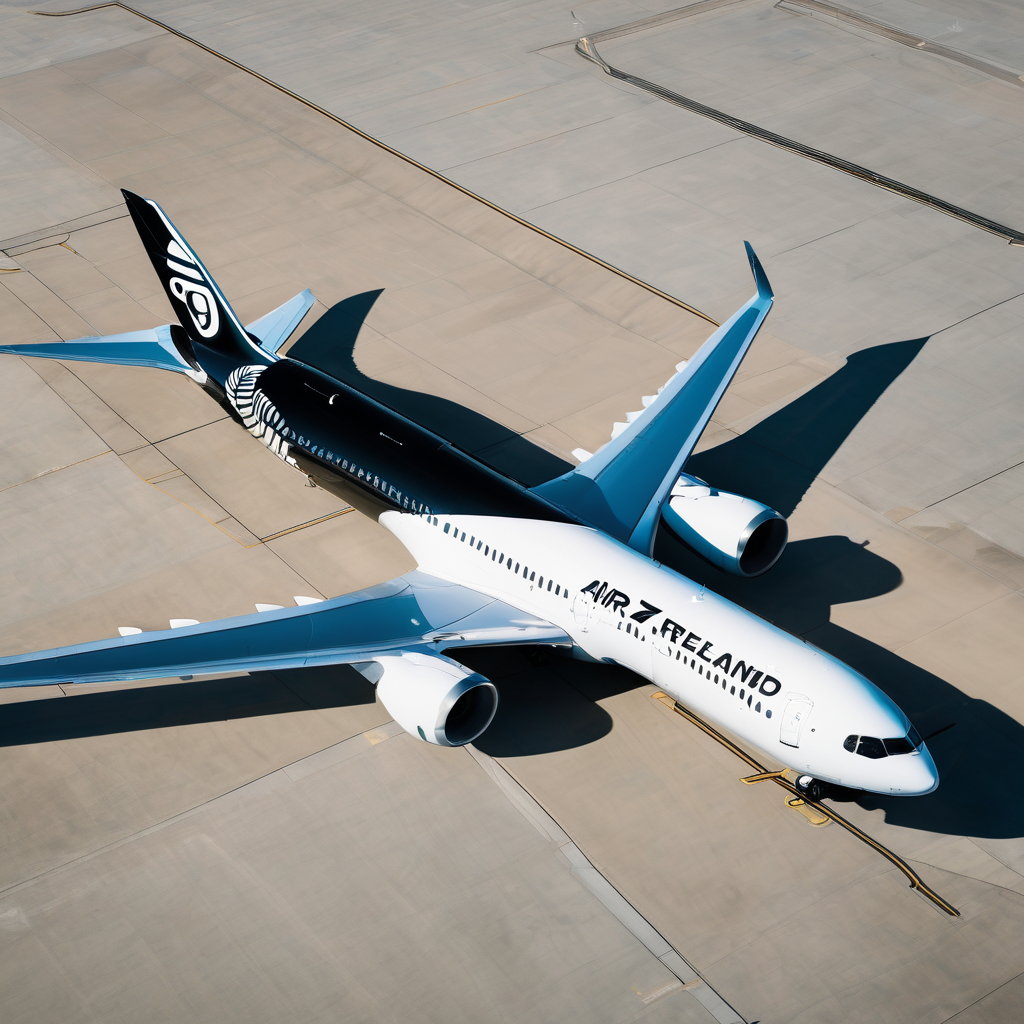Air New Zealand has recently adjusted its financial outlook, projecting a loss for the first half of the financial year due to challenging local economic conditions affecting revenue growth from domestic and U.S. bookings. Compounding these issues are rising costs associated with engine leasing, leading the airline to abandon its prior forecast of a 2% to 3% revenue increase.
The airline now estimates a loss before tax between NZ$30 million ($17.20 million) and NZ$55 million for the six months ending December 31, a significant decline from the NZ$34 million profit reported in the previous year’s second half. Following this announcement, Air New Zealand’s shares dipped by 1.7% to NZ$0.585.
Equity analyst Angus Hewitt from Morningstar pointed to the negative impacts of the weak economic environment in New Zealand, stating that it has significantly affected revenue. He noted that ongoing engine issues have also been a major financial strain. Despite these challenges, Hewitt remains optimistic about the airline’s future, suggesting that resolving engine problems and improving economic conditions could turn the situation around.
The airline faces increased competition from Australian carriers like Qantas Airways and Virgin Australia in a constrained domestic market. Air New Zealand’s revenue shortfall is expected to contribute to an estimated NZ$50 million loss for the first half of the year. Operational difficulties have also arisen from delays in aircraft deliveries and the grounding of jets; reports indicate that nine to 11 aircraft have been out of service at various times due to recurring engine problems.
Adding to the financial pressure, projected engine leasing costs are now expected to be NZ$20 million higher than initially planned, due to the recognition of end-of-lease obligations on previously excluded short-term aircraft leases. Furthermore, costs associated with the Carbon Offsetting and Reduction Scheme for International Aviation (CORSIA) have surged by about NZ$10 million since August, leading to increased fuel expenses.
Despite these setbacks, there is a cautiously optimistic outlook. Analysts believe that if engine reliability improves and additional capacity is introduced, Air New Zealand could see a meaningful recovery in profitability in the latter half of the financial year. This hopeful perspective underscores the potential for recovery despite current challenges, suggesting that with the right adjustments, Air New Zealand may navigate through these turbulent times successfully.
